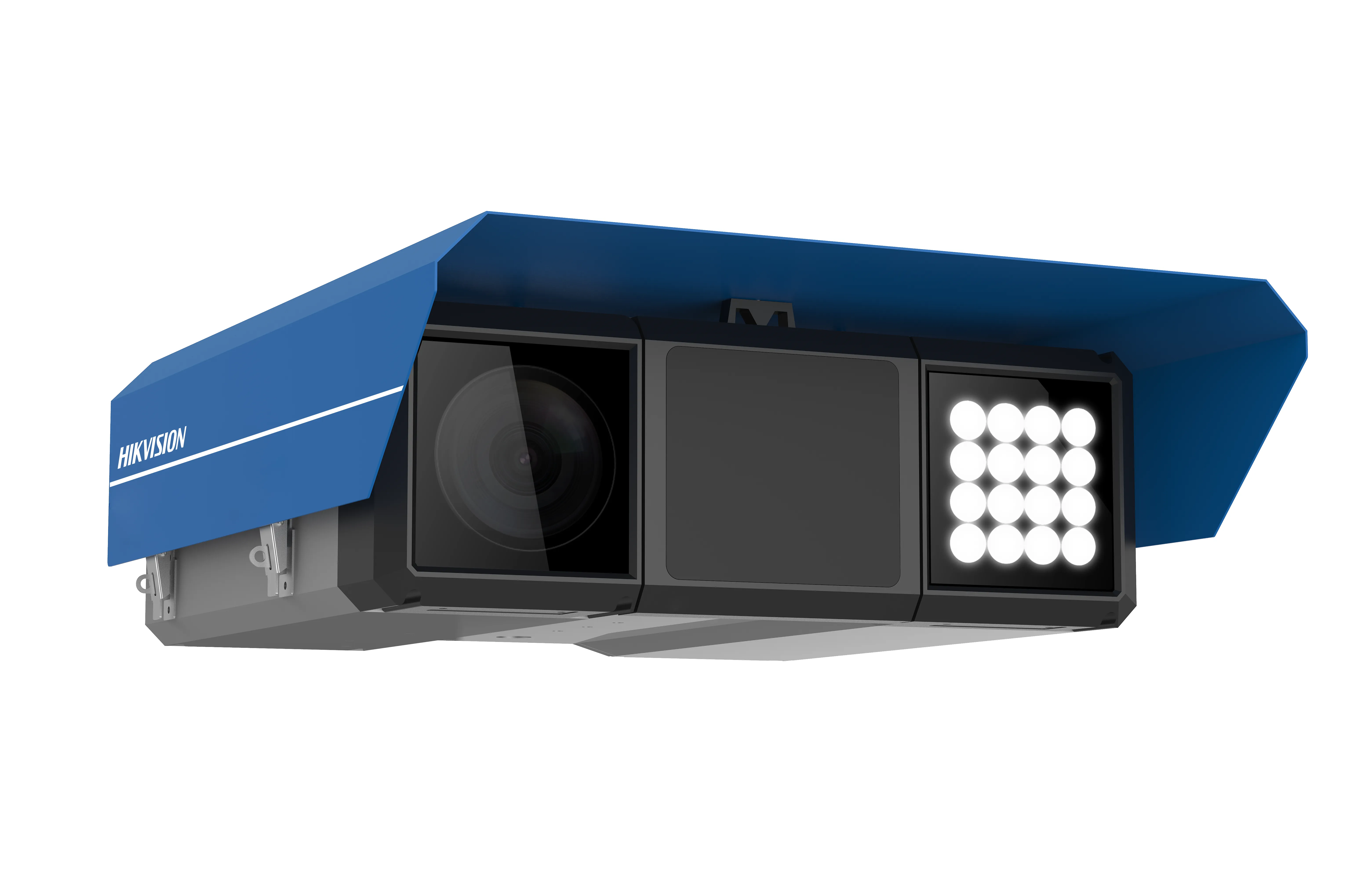
Kyocera says it has developed the world’s first automotive night vision system that combines white and near-infrared in a single headlight unit, improving detection of potential hazards at night or in poor visibility.
The company’s Automotive Night Vision System integrates the two light diodes, emitting both white (RGB) and near-infrared (NIR) light on the same optical axis. This eliminates image parallax and enhances image recognition.
The system integrates RGB-NIR sensors on the vehicle and what the company describes as Image-Fusion AI Recognition Technology for high-performance object recognition.
For the white light, Kyocera uses extremely bright, high-efficiency, miniaturized GaN laser light technology that can illuminate up to 250m ahead of the vehicle. The system incorporates automatic beam-shaping functionality that prevents glare for oncoming drivers by automatically shifting visible light into a low-beam pattern when necessary, while the NIR light can remain in high-beam mode.
The system also uses original fusion recognition AI technology developed by Kyocera’s Advanced Technology Laboratories. This uses AI to combine the images captured by the white and NIR lights and presents them to the driver, to more accurately detect risk factors ahead of the vehicle.
The AI will, for example, differentiate between pedestrians and vehicles with high accuracy even in low visibility conditions, the company says.
Kyocera intends to continue R&D on the system, aiming for commercialisation after 2027.
To reduce traffic accidents and promote autonomous driving, vehicle manufacturers will require more advanced hazard-detection systems. The global market for automotive night vision systems was estimated at approximately $2.17 billion in 2020, with the market expected to grow at a compounded annual rate of more than 16.5% from 2020 to 2027.
The company also aims to contribute to safer transportation through traffic-monitoring infrastructure technologies, such as smart road-side units and other equipment.










